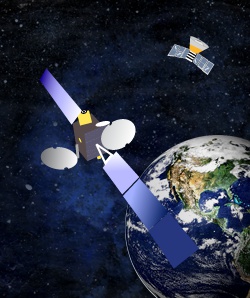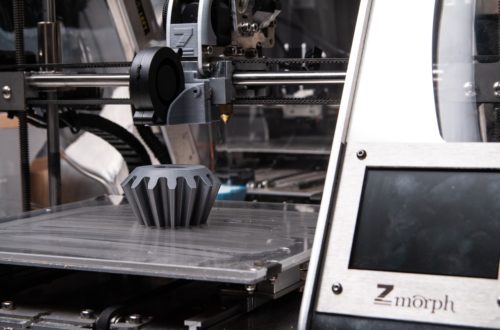NASA Will Soon Decide If Changing Juno’s Course is Best

Jupiter is named after the king of the Roman gods, and with its massive size, it definitely holds the title of king of the Solar System. NASA’s Juno spacecraft entered orbit around the gas giant in July of 2016. Due to a problem with the craft’s propulsion system, NASA is currently debating whether changing Juno’s course is the best option. What is Juno looking for out there among the stars?
The Juno Mission
The Juno craft is named after the wife of Jupiter, also known as Hera before the Romans took the Greek gods and renamed them for themselves. Juno was the patron goddess of the Roman Empire and was known for being both dynamic and resourceful. She was also brutally jealous of Jupiter’s many escapades, so what better name for a spacecraft designed to keep an eye on the big gas giant than his own wife?
The goal of the Juno mission is to gain a better understanding of Jupiter, namely its origin and evolution. How did the planet come to be what it is today? Is there a solid core beneath all those layers of gas? The craft is equipped with tools to help it map the planet’s magnetic field and measure the composition of the various atmospheric levels.
Since Jupiter is the closest gas giant to our own little blue dot, it’s a great place to start learning how these massive planets come into existence. Juno will be able to look deeper into the planet’s atmosphere than ever before, giving us a glimpse of the mysterious inner workings of the universe.
The craft itself was launched in 2011 and took 5 years to reach its final destination.
Inside the Spacecraft
Juno is a unique probe. Since it’s operating so far away from the sun, scientists equipped it with large solar panels to take advantage of the dwindling sunlight. The modern solar cells are much more efficient than previous models, offering up to 50% more power and radiation tolerance. Since it’s only utilizing the power cells for 6 hours every 14 days, the limited sunlight is more than enough to keep Juno going.
There are a variety of instruments onboard to help it take measurements and allow us to get a closer look at the planet, including:
- A color camera for incredible close-up shots of the planet.
- A microwave radiometer. This six-wavelength device helps Juno perform atmospheric sounding and determine the composition of the cloud levels.
- Ultraviolet and infrared imaging
This is just a sample of the equipment that is giving us the closest and most comprehensive look at the big gas giant.
While all the pieces work together by design, there is always the potential for a glitch in the system. In this case, two of the helium valves which operate the craft’s thrusters opened slower than anticipated, so the experts at NASA decided to postpone any maneuvers until they devised a solution. The plan right now is to make another pass around the planet while maintaining its current course and altitude before making a decision. That decision is expected to come down sometime in the next month.
Reinforcing the Hardware
One thing that scientists always have to worry about when sending high-end electronics into space is the radiation exposure the spacecraft endure once they leave the safety of Earth’s magnetosphere. High temperatures, electromagnetic spikes, and radiation can all potentially damage or destroy the sensitive equipment, leaving the spacecraft without direction. Engineers make sure to shield the spacecraft and any onboard electronics from radiation, radio frequency, and electromagnetic interference. Heat sinks reduce the heat created by the equipment and radiation. A titanium vault also provides extra shielding for the computers.
The radiation vault is made up of thick titanium walls, each wall reaching nearly 10 square feet. The walls themselves are about 1/3 of an inch thick. While it’s not radiation proof, it will protect the equipment long enough for Juno to complete its mission by reducing the radiation aging effect on the craft’s electronics.
New Discoveries
Aside from sending back some of the most stunning images of the gas giant that we have ever seen, Juno has been transmitting variable hordes of data since it first hit orbit in July. One of the most exciting discoveries thus far is that, not unlike our own planet, Jupiter’s poles have stunning auroras generated by the high energy particles manipulated by the planet’s magnetic field. When these particles collide with gas atoms, beautiful auroras form.
The craft even provided us with a new look at Jupiter’s Red Spot, the massive gas storm that astronomers have been tracking for more than two decades.
Conclusion
Juno is quickly changing the way that we look at the biggest planet in our solar system. With the information that we can gain about the gas giant’s magnetic fields, we may be able to obtain a better understanding of how our planet’s own magnetic field works. While a change in course would speed up the time for receiving data, the mission can continue as planned in Juno’s current orbit. Soon scientists will decide if moving Juno’s orbit is worth the risk. Either way, it won’t be long before we have even more new discoveries to get excited about.
Would you like to receive similar articles by email?





